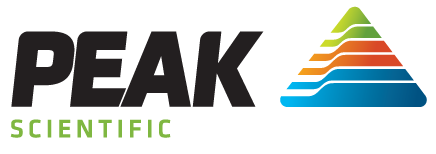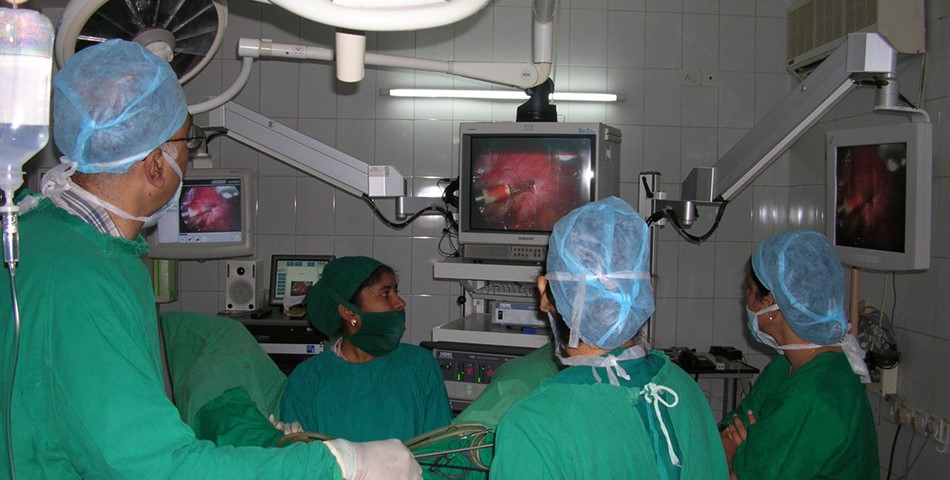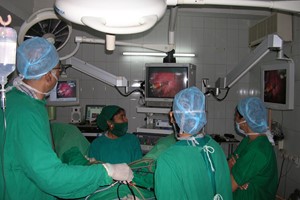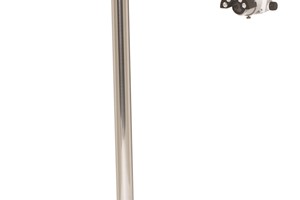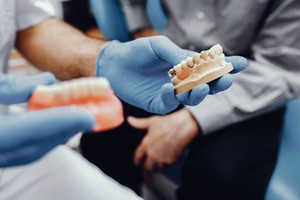Laparoscopic surgery was initially used as an ablative tool, used especially in the treatment of benign diseases.
Technical advances and improved surgical skills now allow its application to malignant diseases and cases that require complex reconstruction.
The improvement in urologists' laparoscopic skills has paved the way for the establishment of laparoscopic reconstructive urology in everyday practice.
Significant rise in expenditure on healthcare services in the past few years is consequently leading to a bright future for the laparoscopy devices industry.
Usage of narrow band imaging for better visualization is also driving the laparoscopy market; however, risk of using such laparoscopy devices can pose serious challenge to the growth of this market.
The global endoscopy market will be worth nearly USD 24.8 billion in 2011, according to a recent report published by BCC Research.
That value is projected to reach USD33.7 billion in 2016 after increasing at a five-year compound annual growth rate (CAGR) of 6.4 percent.
The global endoscopy market can be broken down into eight segments - laparoscopy; urology endoscopy; gastrointestinal (GI) endoscopy; arthroscopy; ear, nose and throat; gynecology endoscopy; neurology; and other.
The laparoscopy segment was valued at USD6.8 billion in 2011, and is expected to climb to USD10.6 billion in 2016, yielding a CAGR of 9.2 percent.
Urology endoscopy was valued at USD4.1 billion in 2011 and in 2016 should be worth nearly USD4.9 billion, a CAGR of 3.5 percent.
GI endoscopy was worth USD3.7 billion for 2011, and will be worth USD4.9 billion in 2016, a CAGR of 5.7 percent.


Arthroscopy totaled USD3.2 billion in 2011 and should reach USD5 billion in 2016, a 9.1 percent CAGR. An endoscope is an instrument that allows a doctor or surgeon to look inside the body through existing openings or through small incisions.
The endoscope is a metal tube that has a small light source and camera at one end and an eyepiece at the other.
Endoscopes may be made from a rigid tube or, more often, from a flexible tube that allows the surgeon to freely move and adjust it as it enters the area that is being observed.
The laparoscopic devices market is witnessing significant growth owing to the increase in procedure volumes, which is supported by the advantages offered by minimum invasive surgeries, according to a report by Transparency Market Research.
Access devices, hand instruments, and internal closure devices have remained the largest segments for the past few years; however, a number of smaller segments are growing rapidly, particularly the gastric band devices and hand assist devices.
A major constraint on this market is the limited availability of surgeons suitably trained to perform endoscopic surgeries.
Increasing regulations and standards being developed and implemented in a wide variety of countries will add to the regulatory paperwork, quality control, and cost of sales of endoscopic products, hindering overall market growth.
The laparoscopy devices industry is further expected to grow due to the introduction of less invasive techniques like single port laparoscopy.
Single port laparoscopy technique was adopted on a minimum scale in the past few years; however, it is expected to increase over the forecasted period.
With the adoption of single port laparoscope techniques, sales of articulating devices and single port access devices will continue to grow.
The European market is expected to witness considerable growth, thus reaching the value of USD 815 million in 2015.



